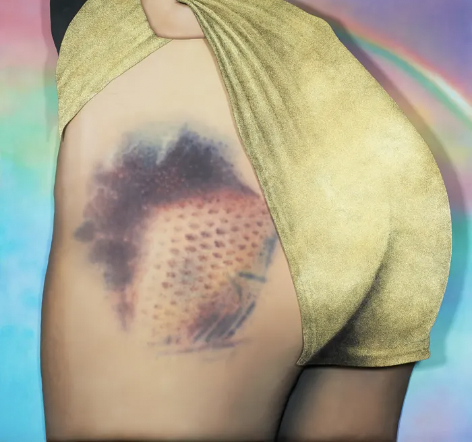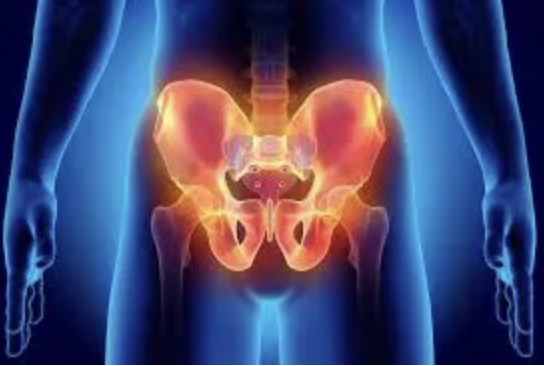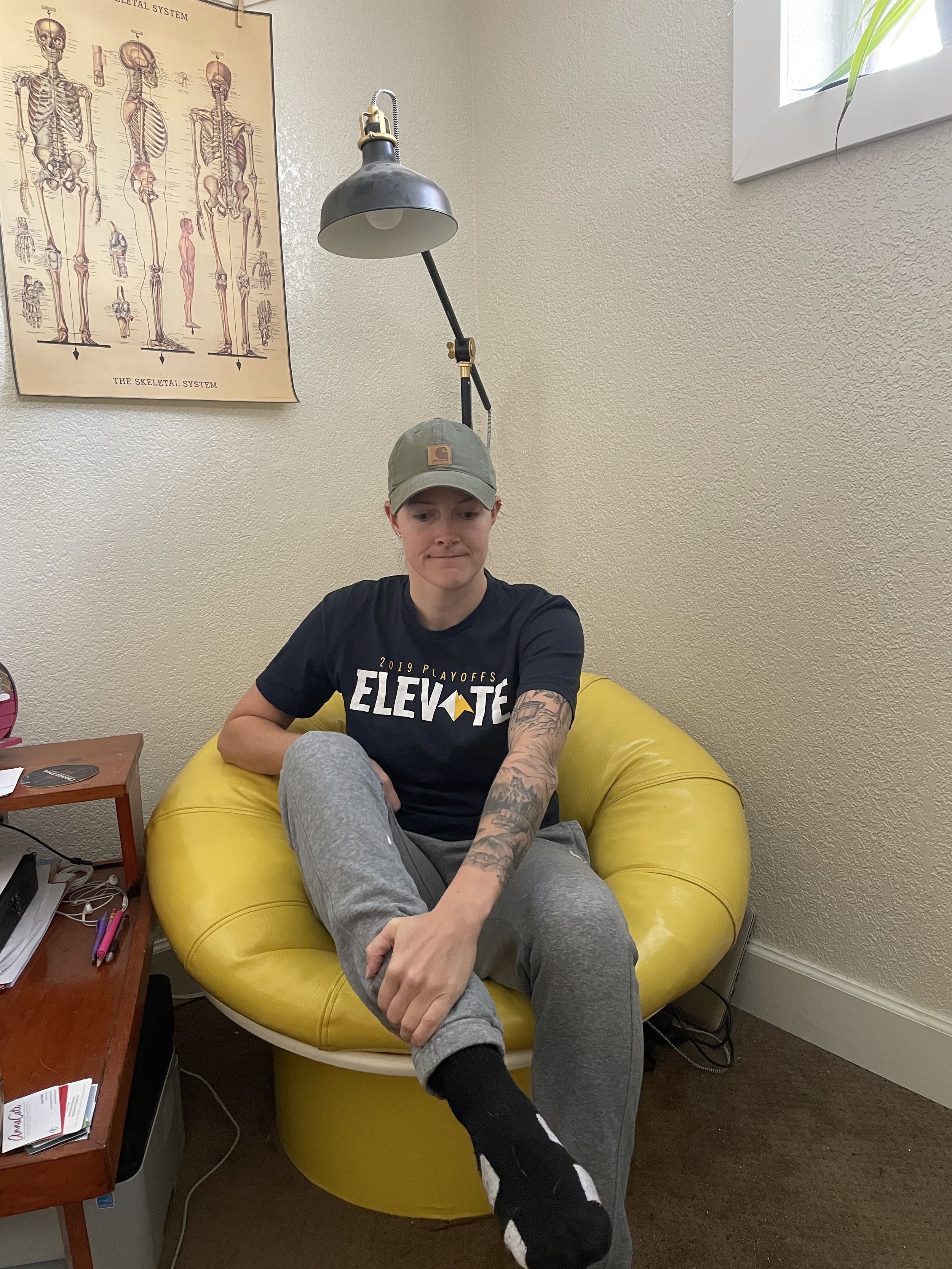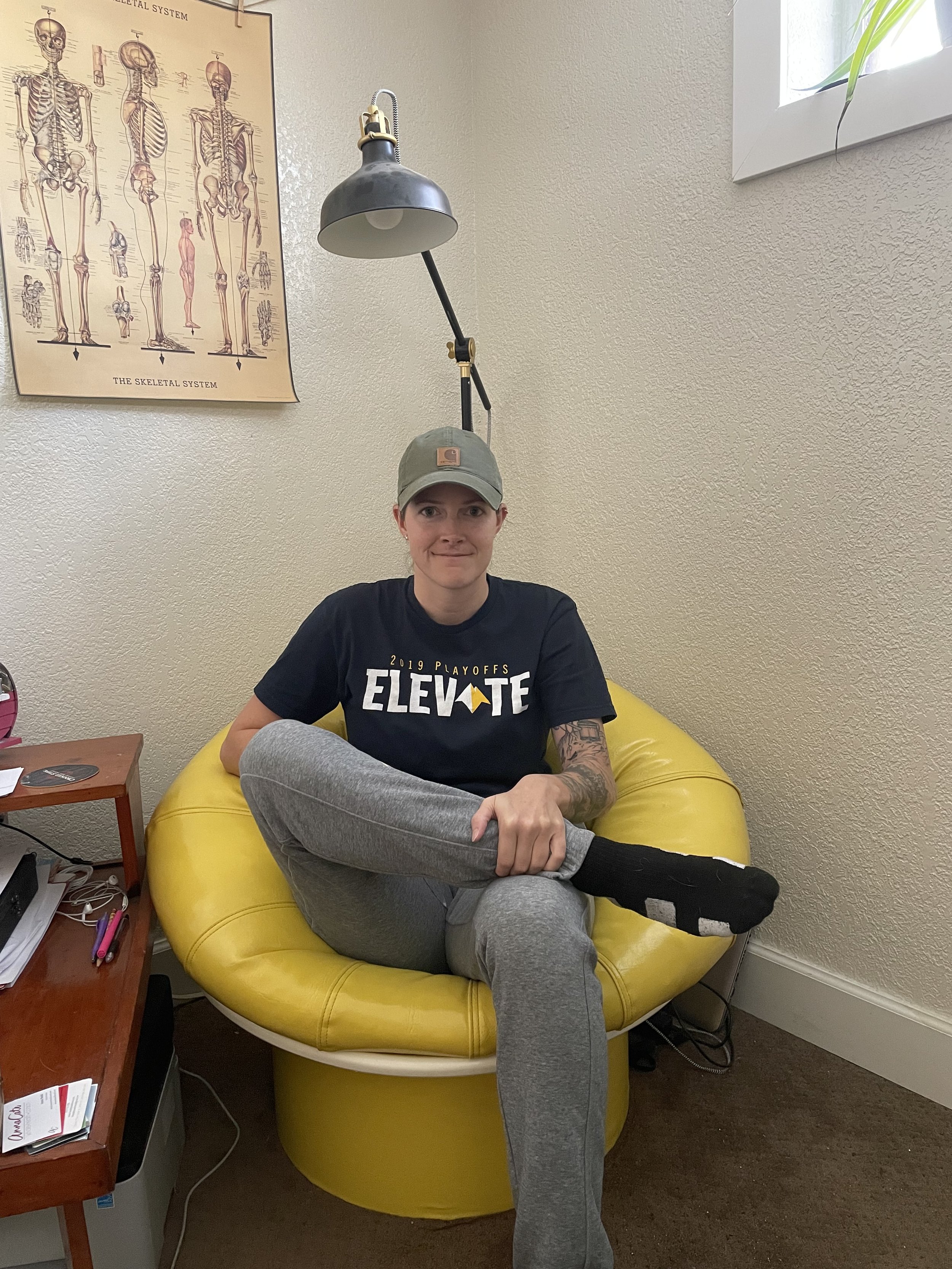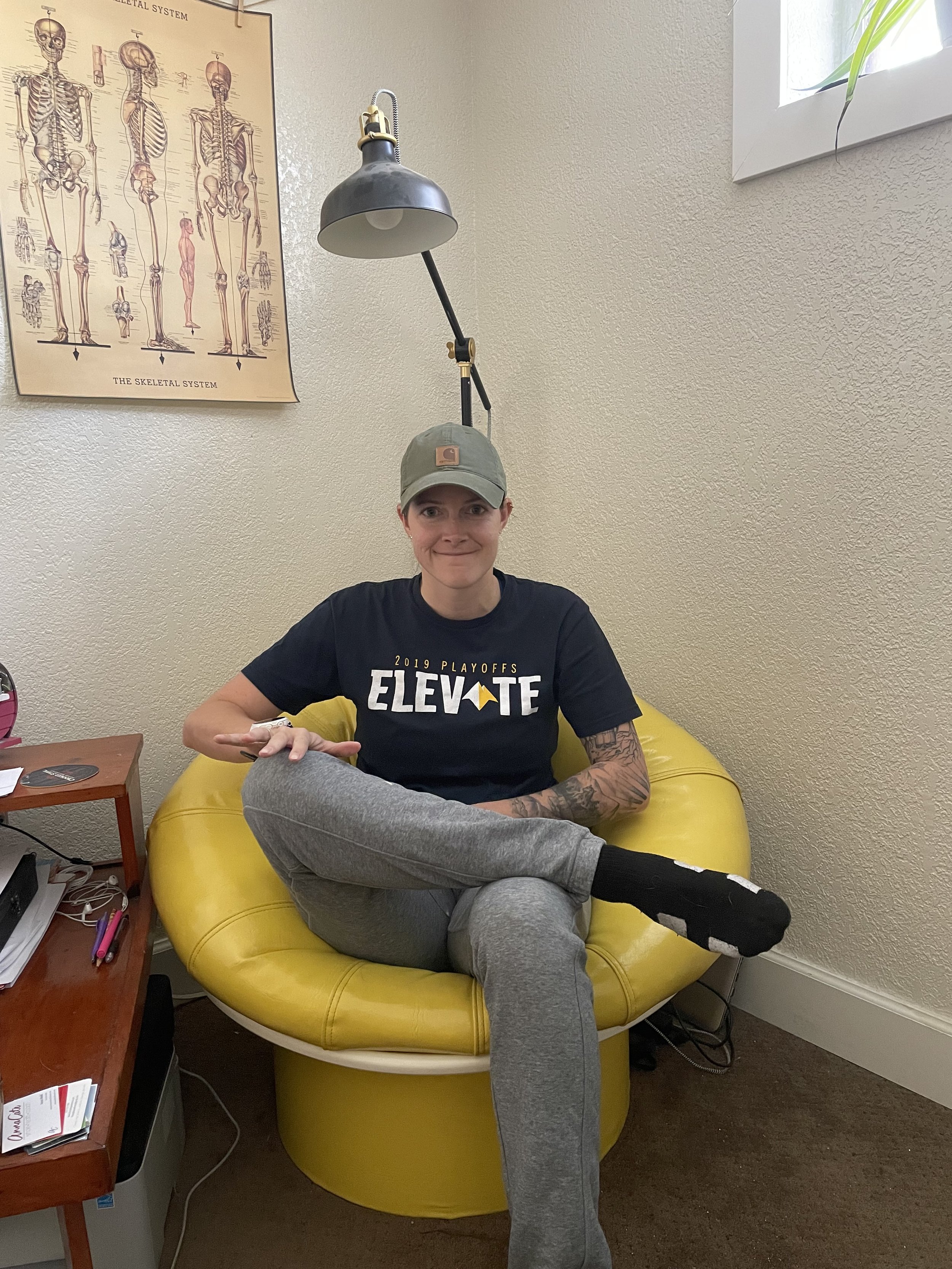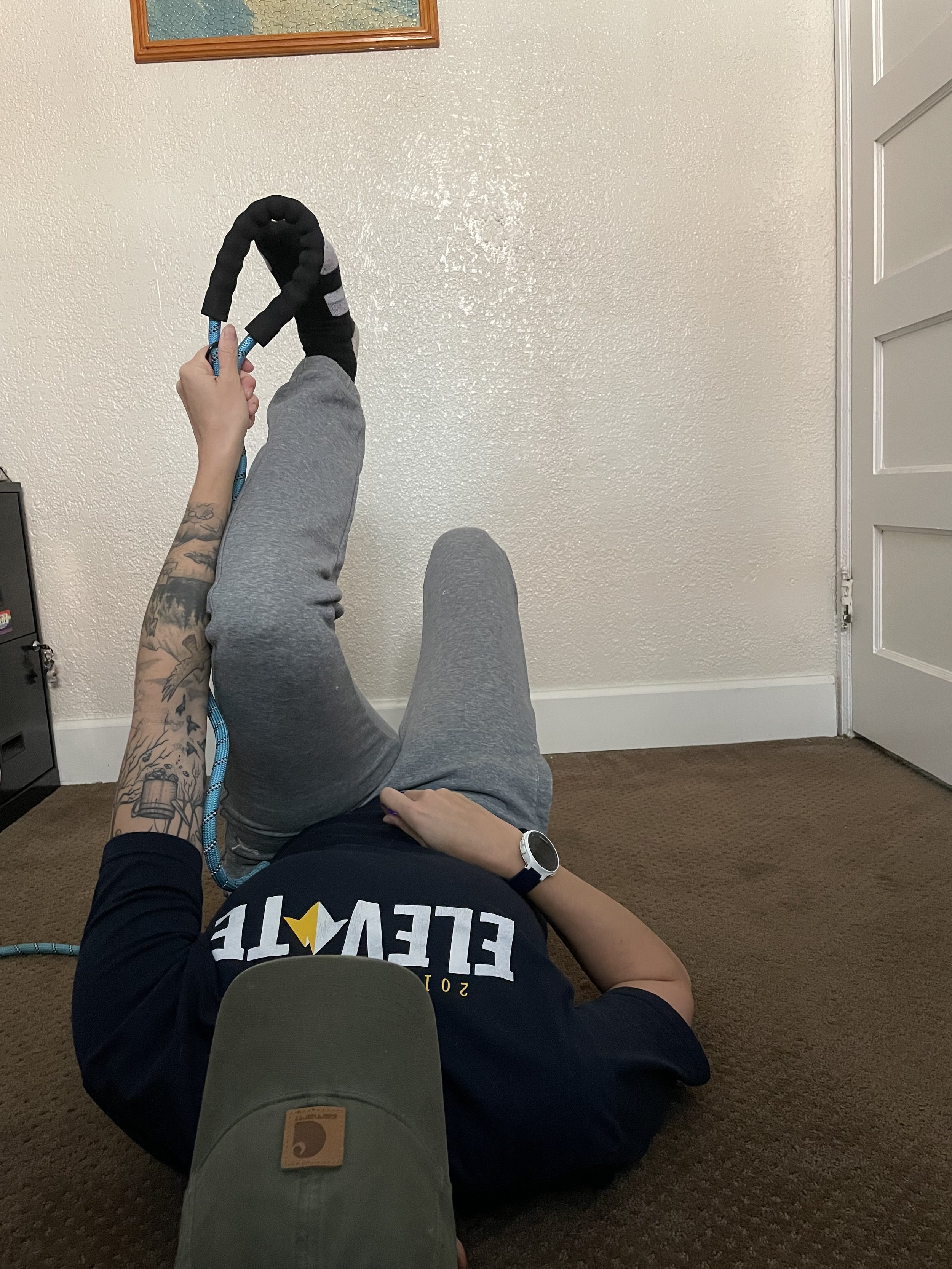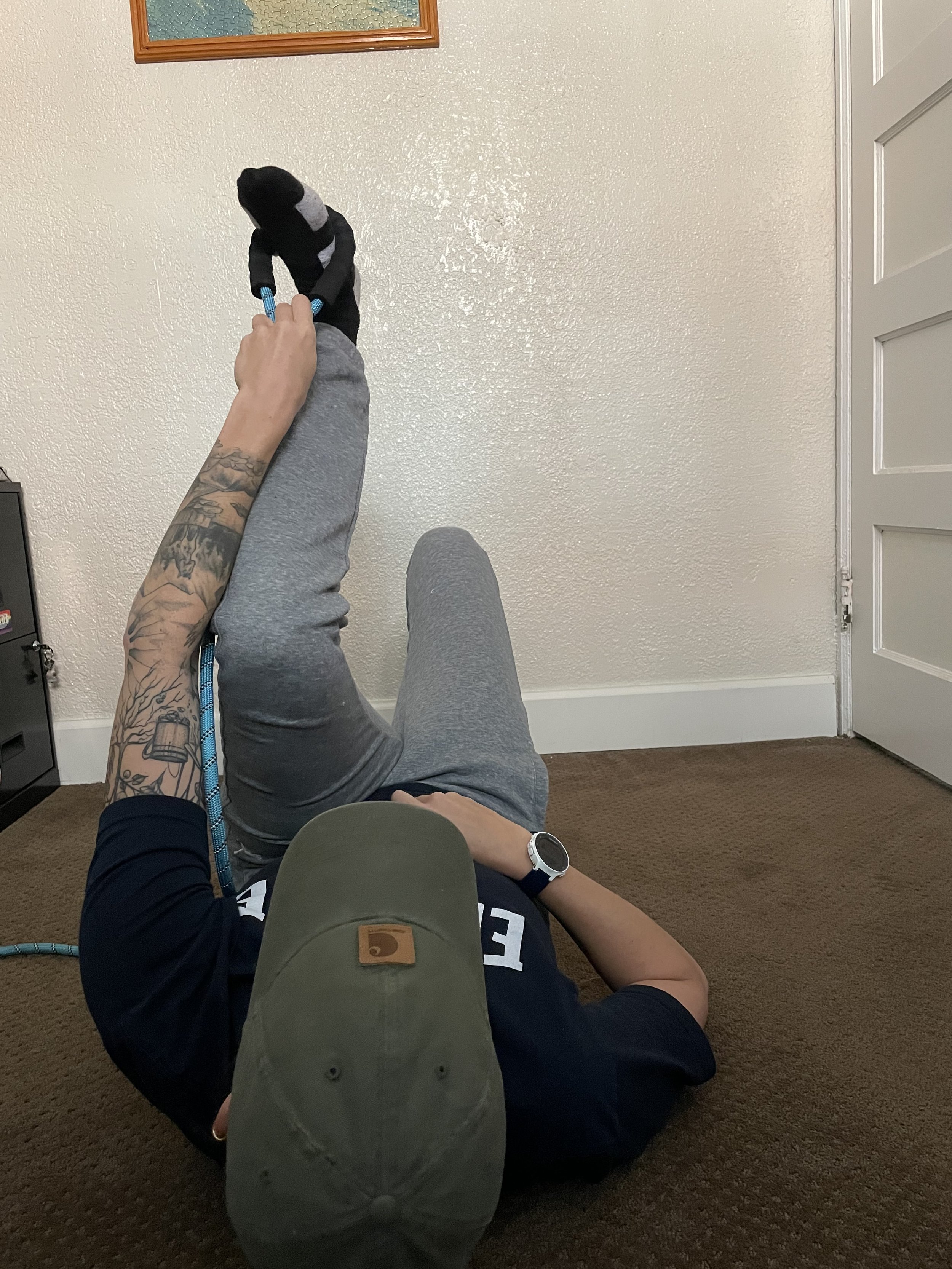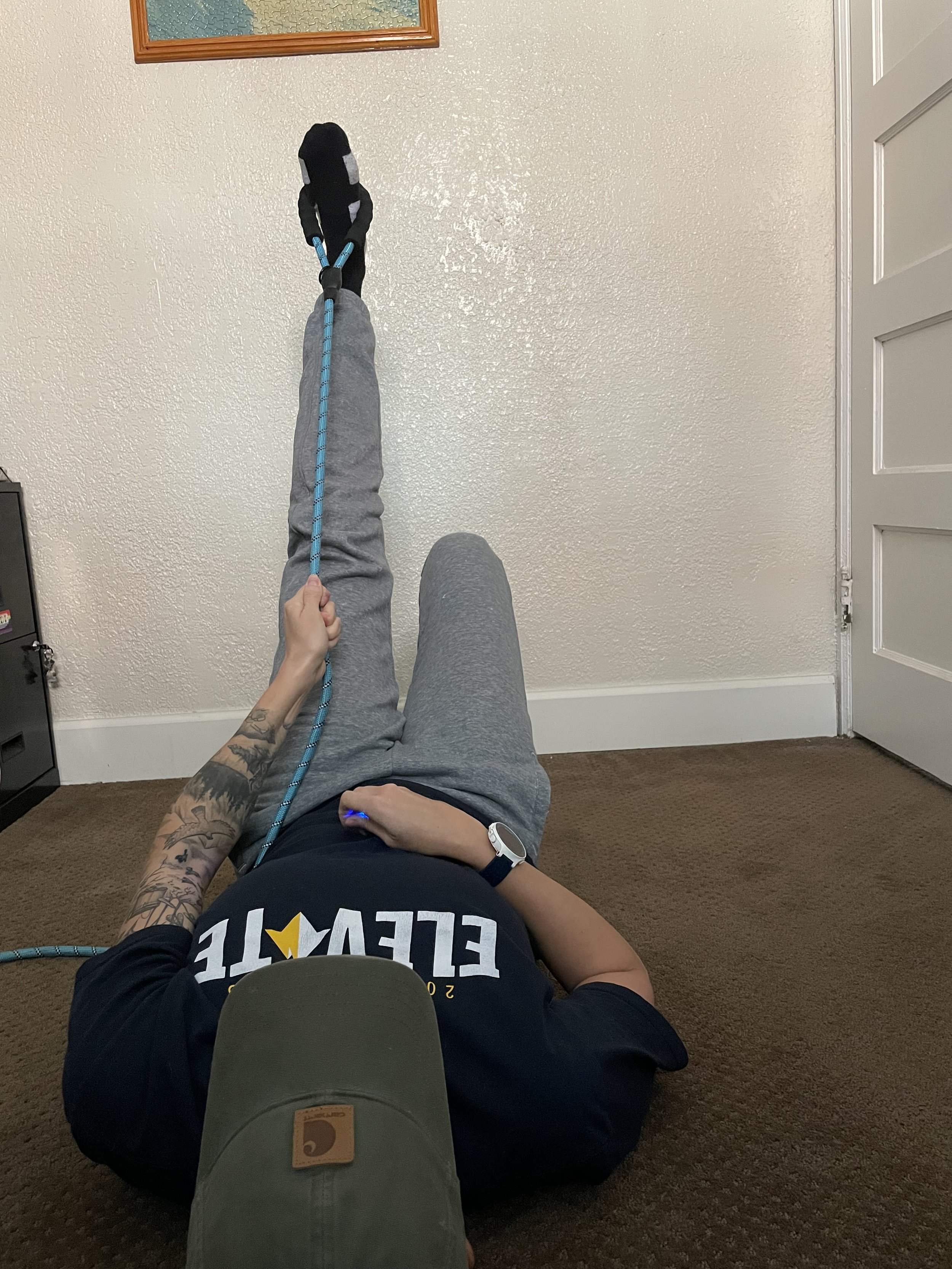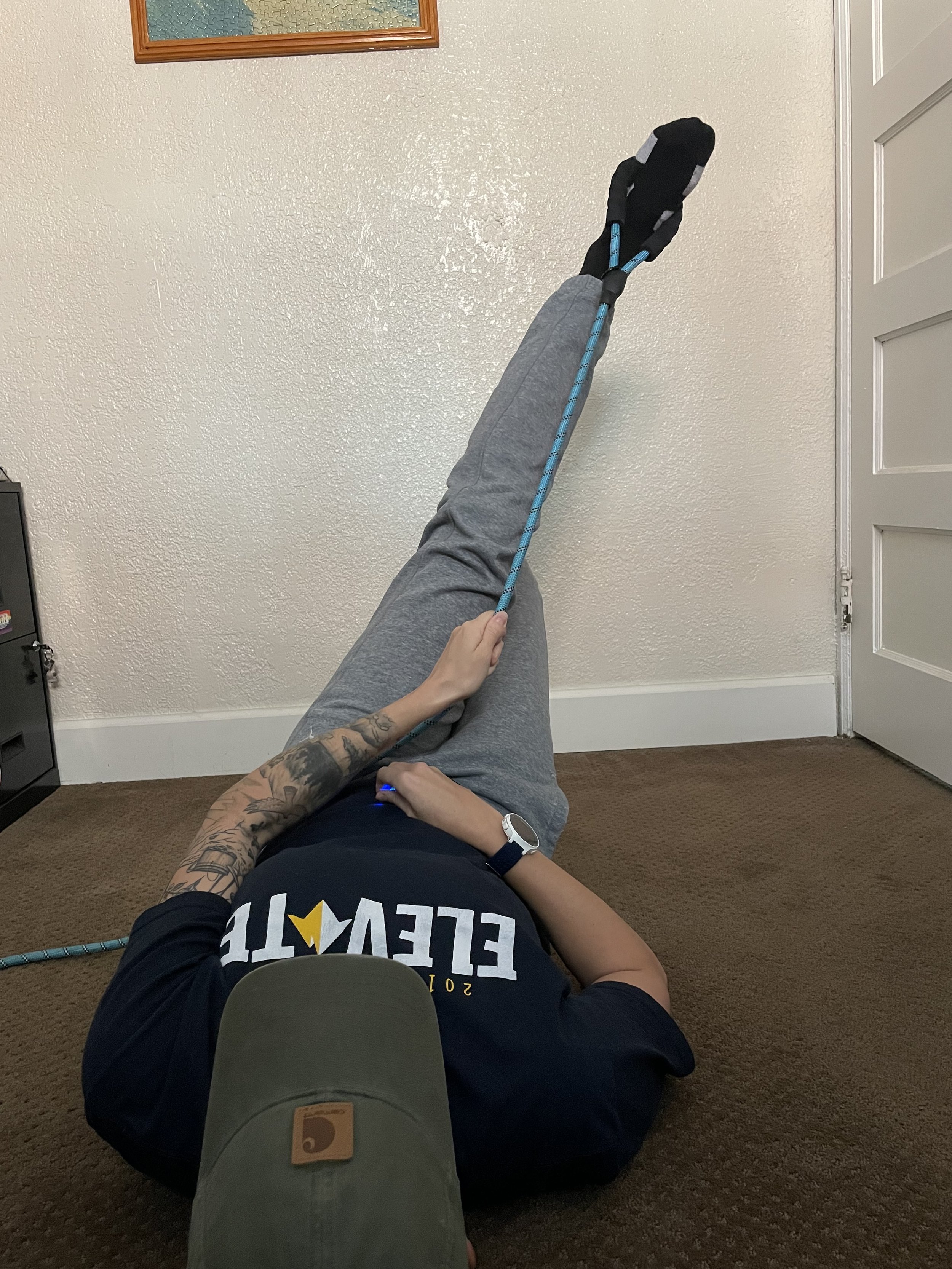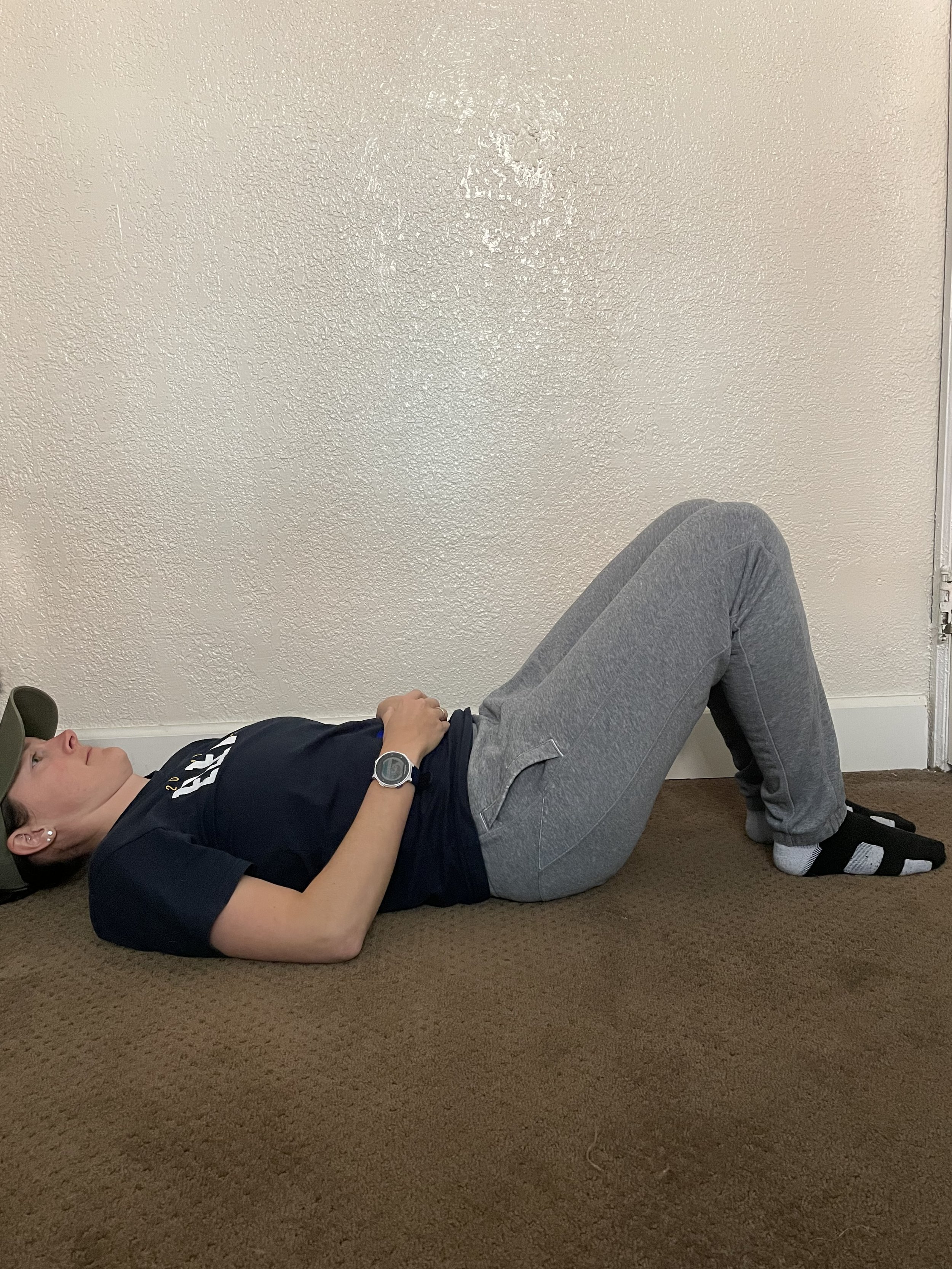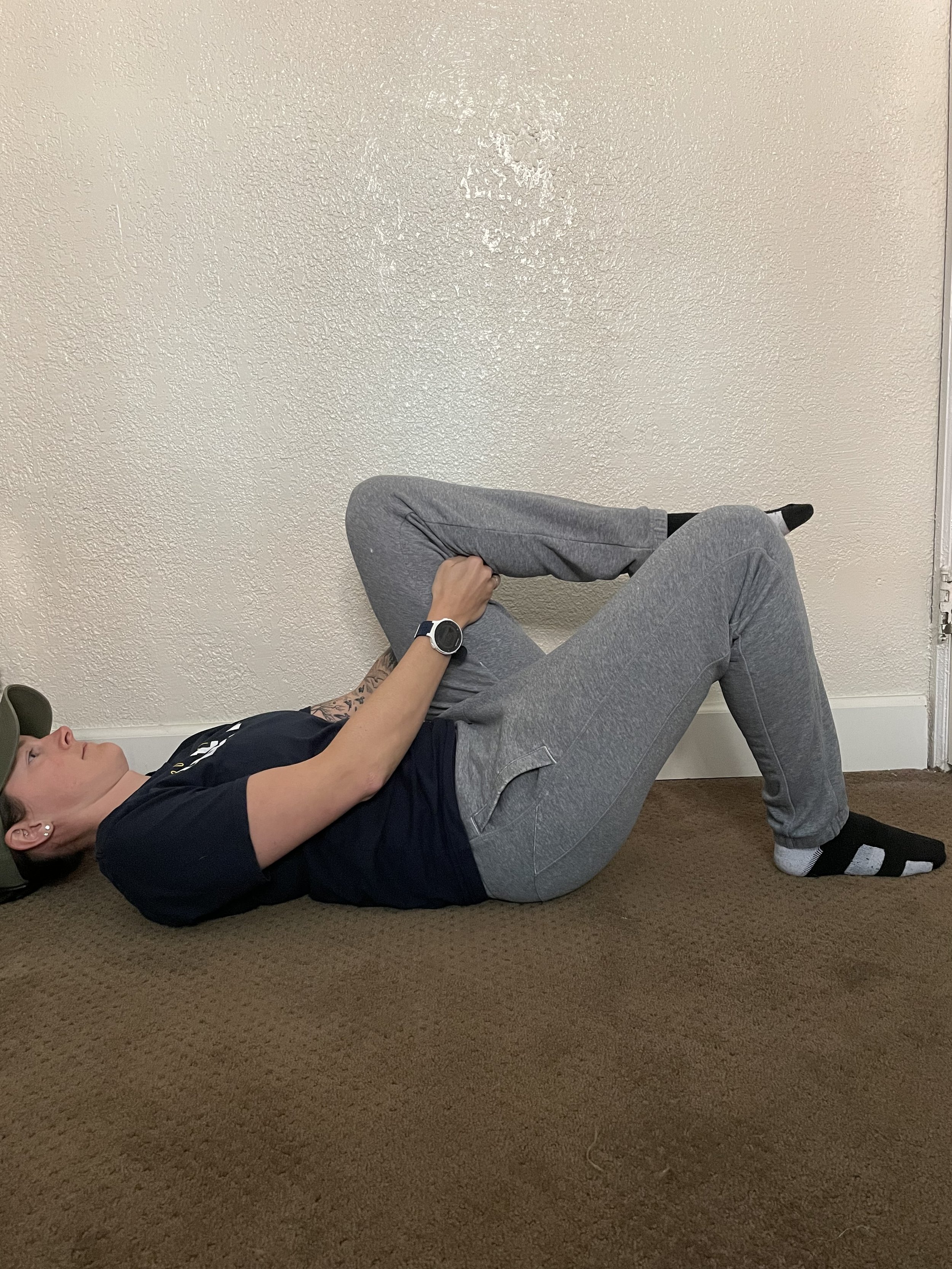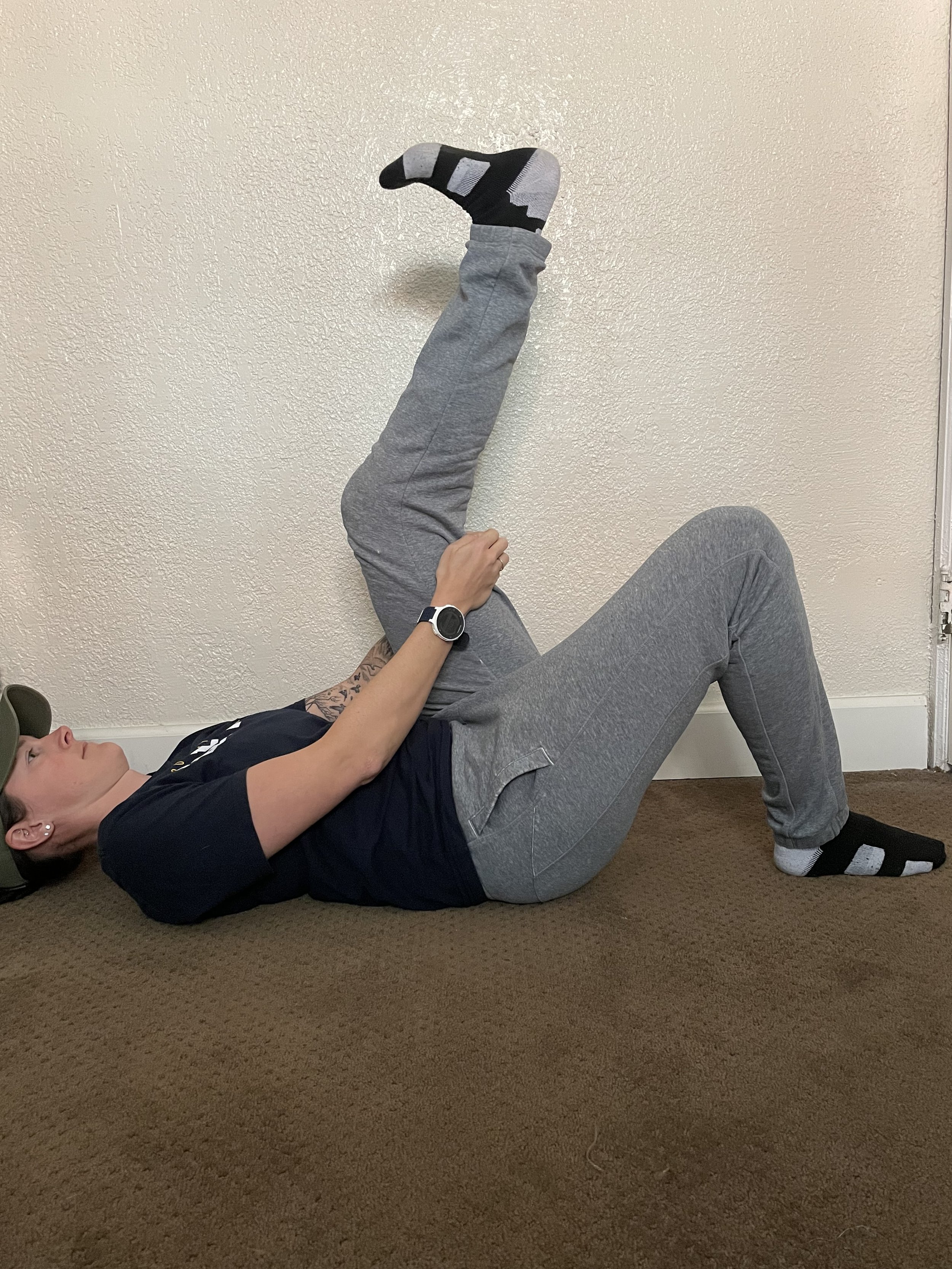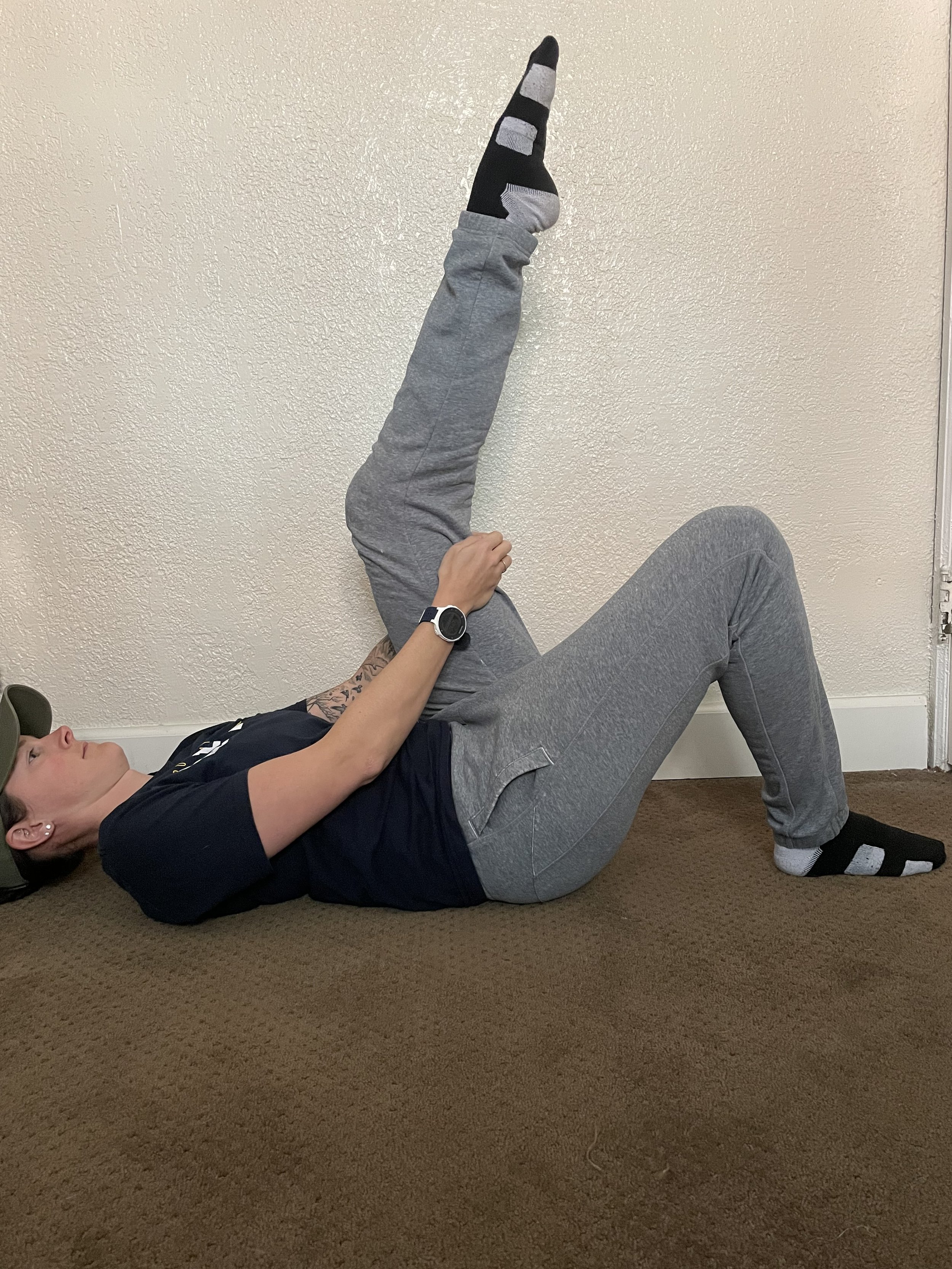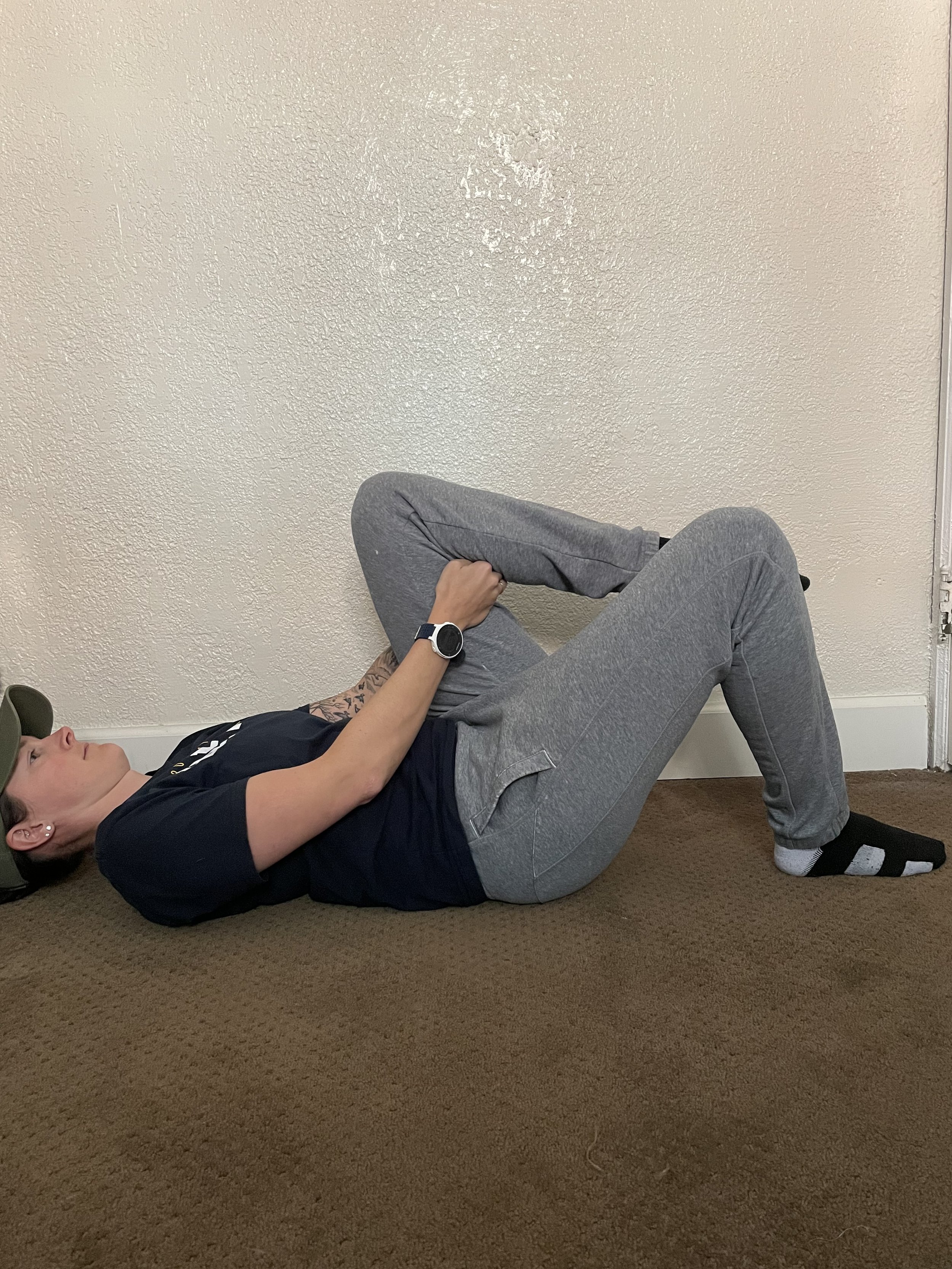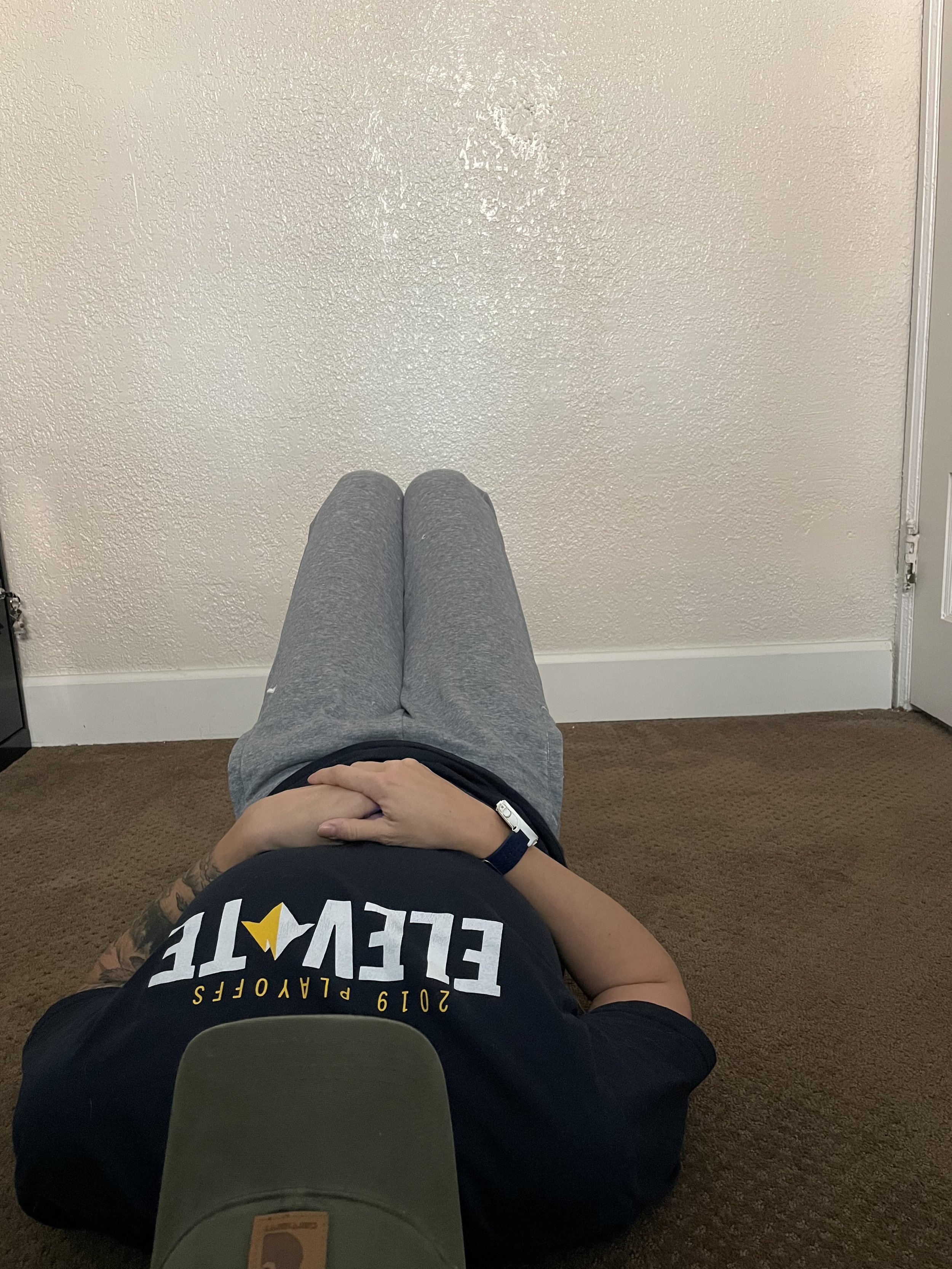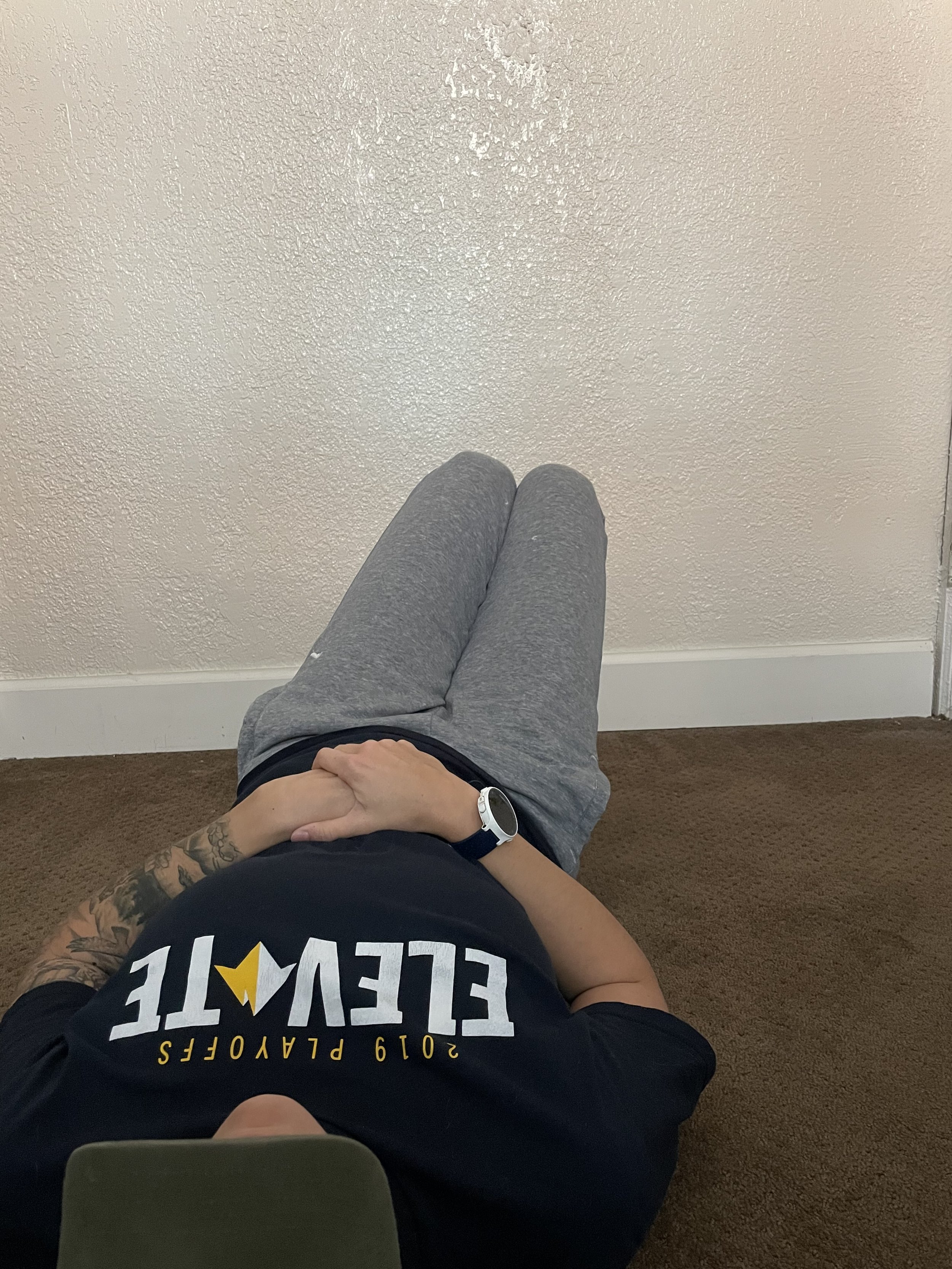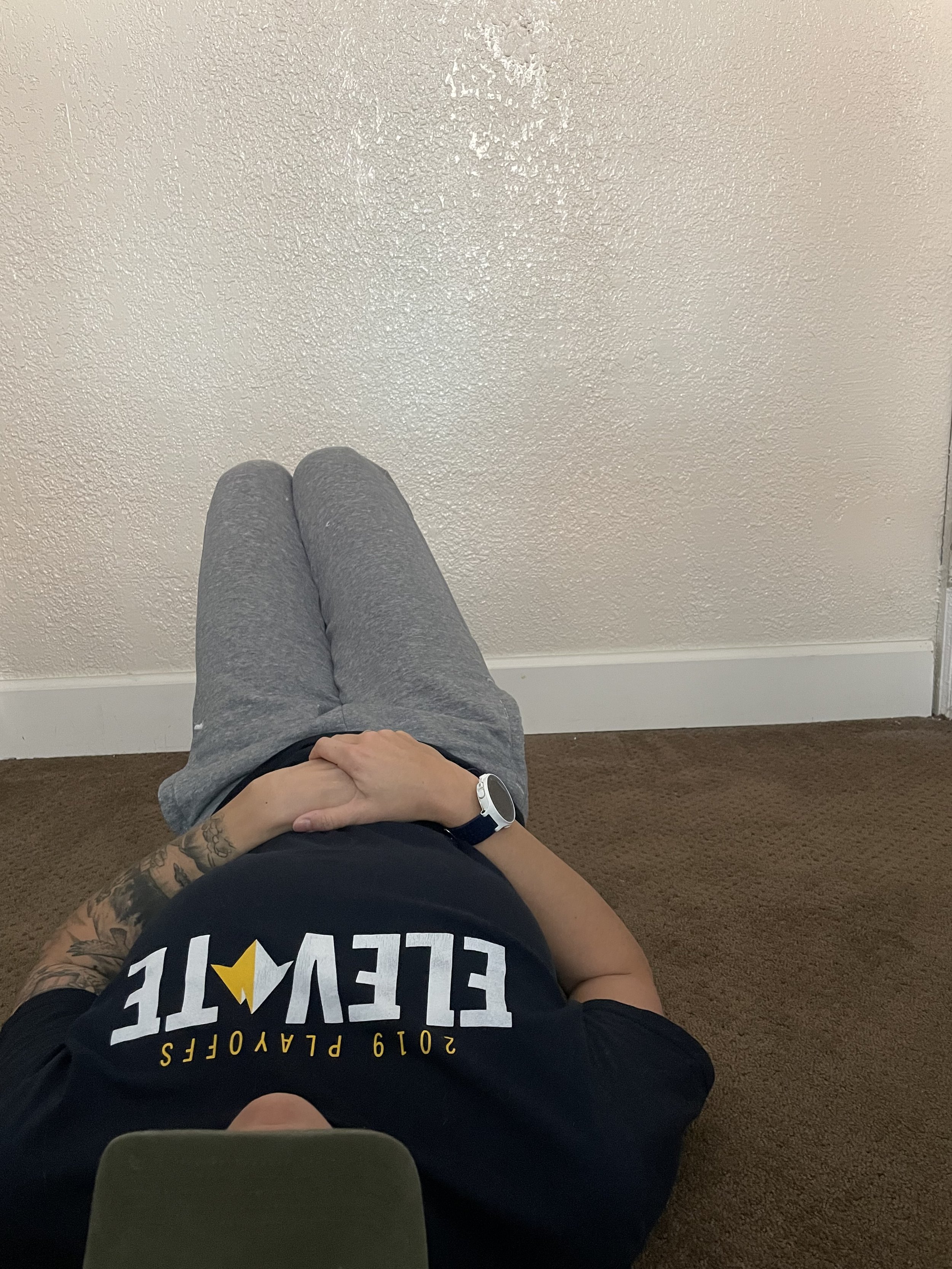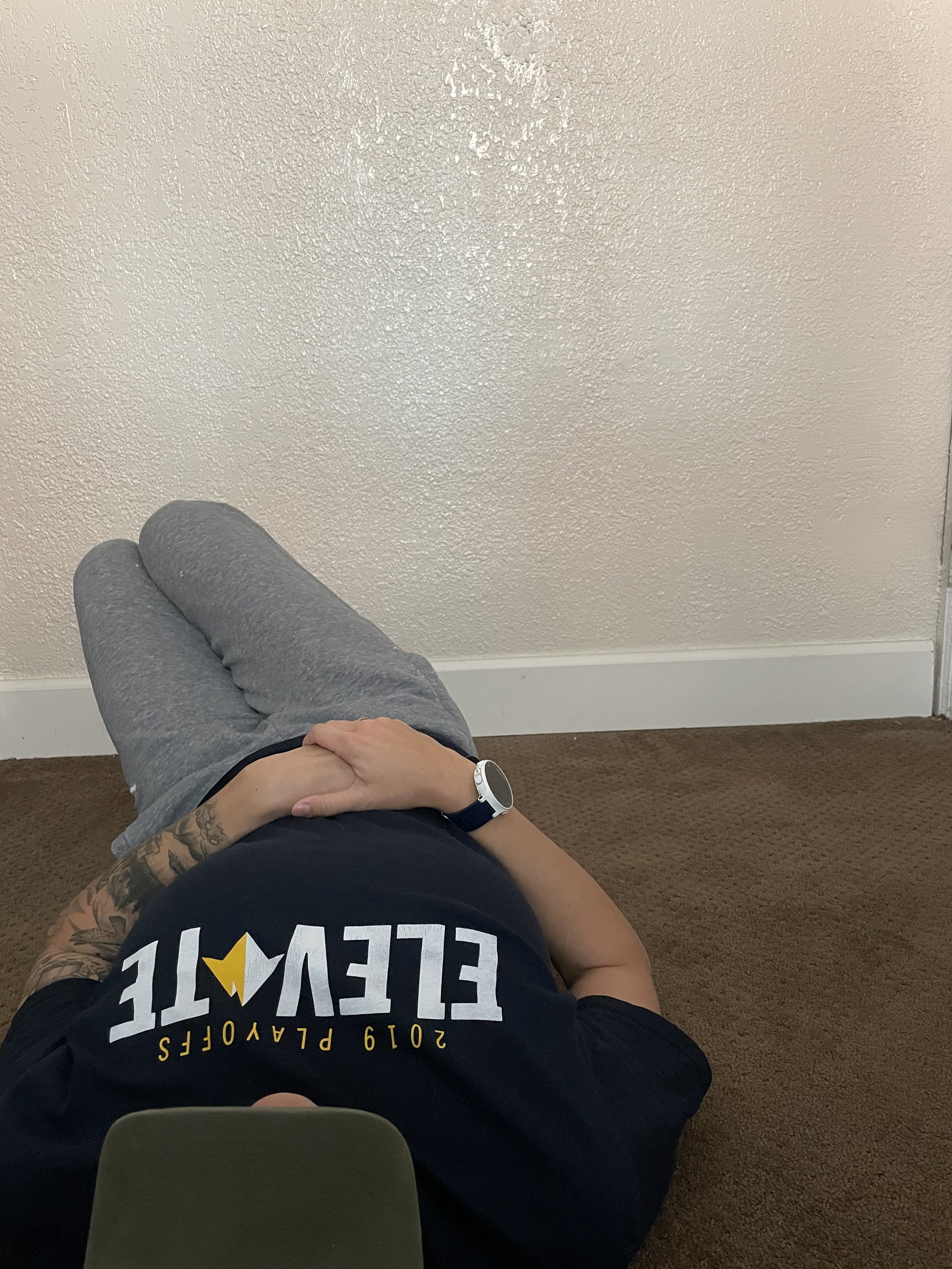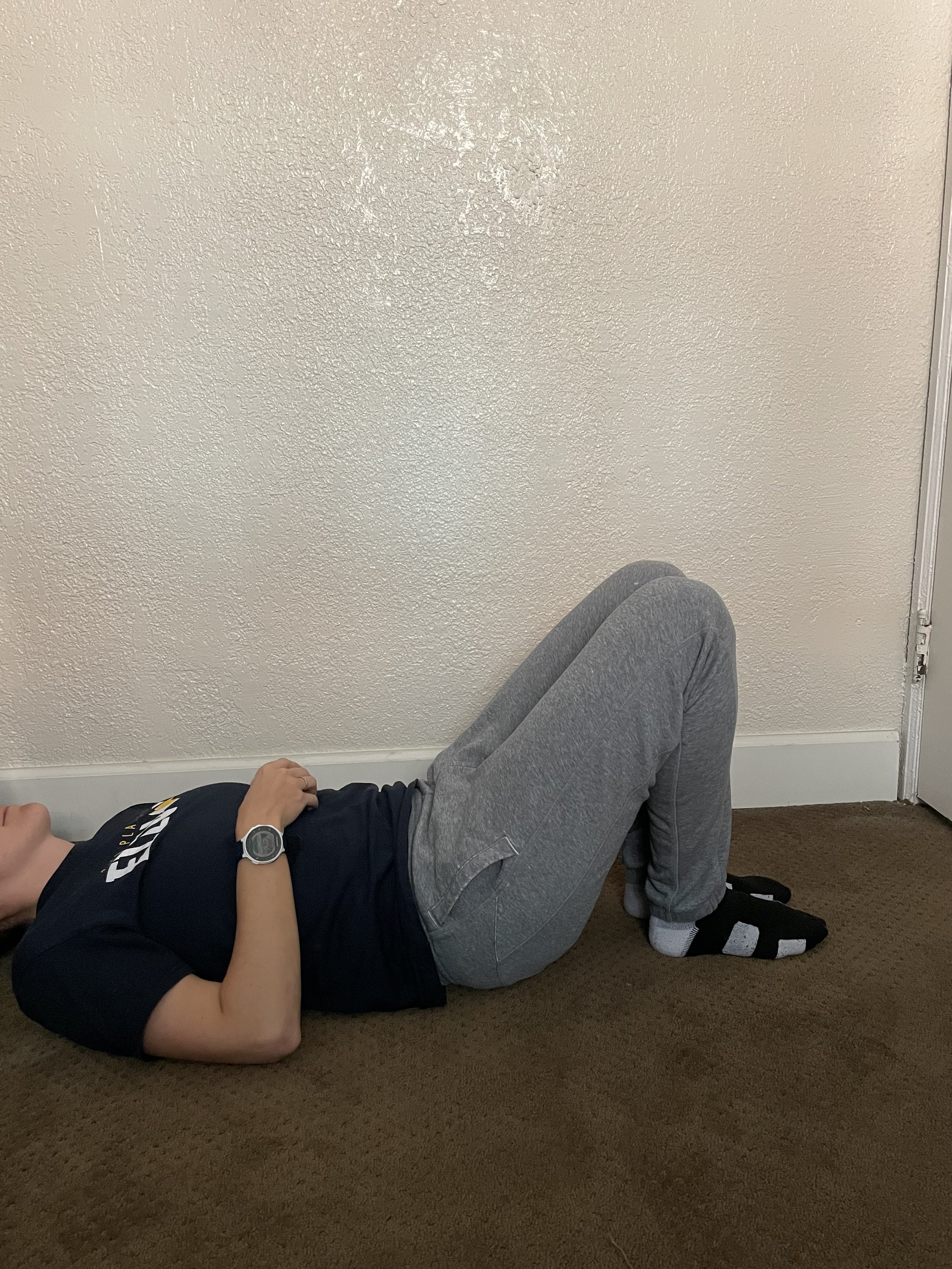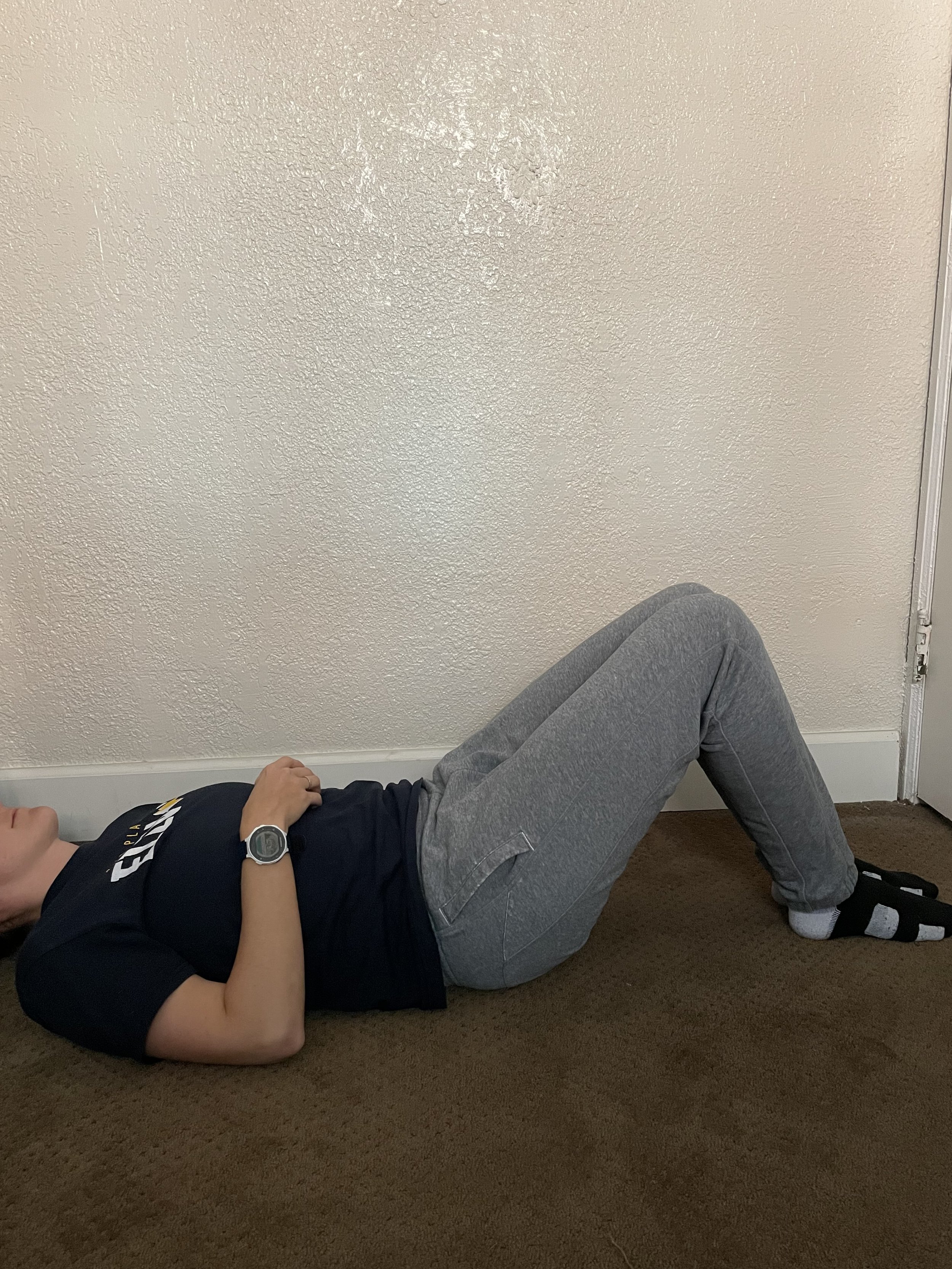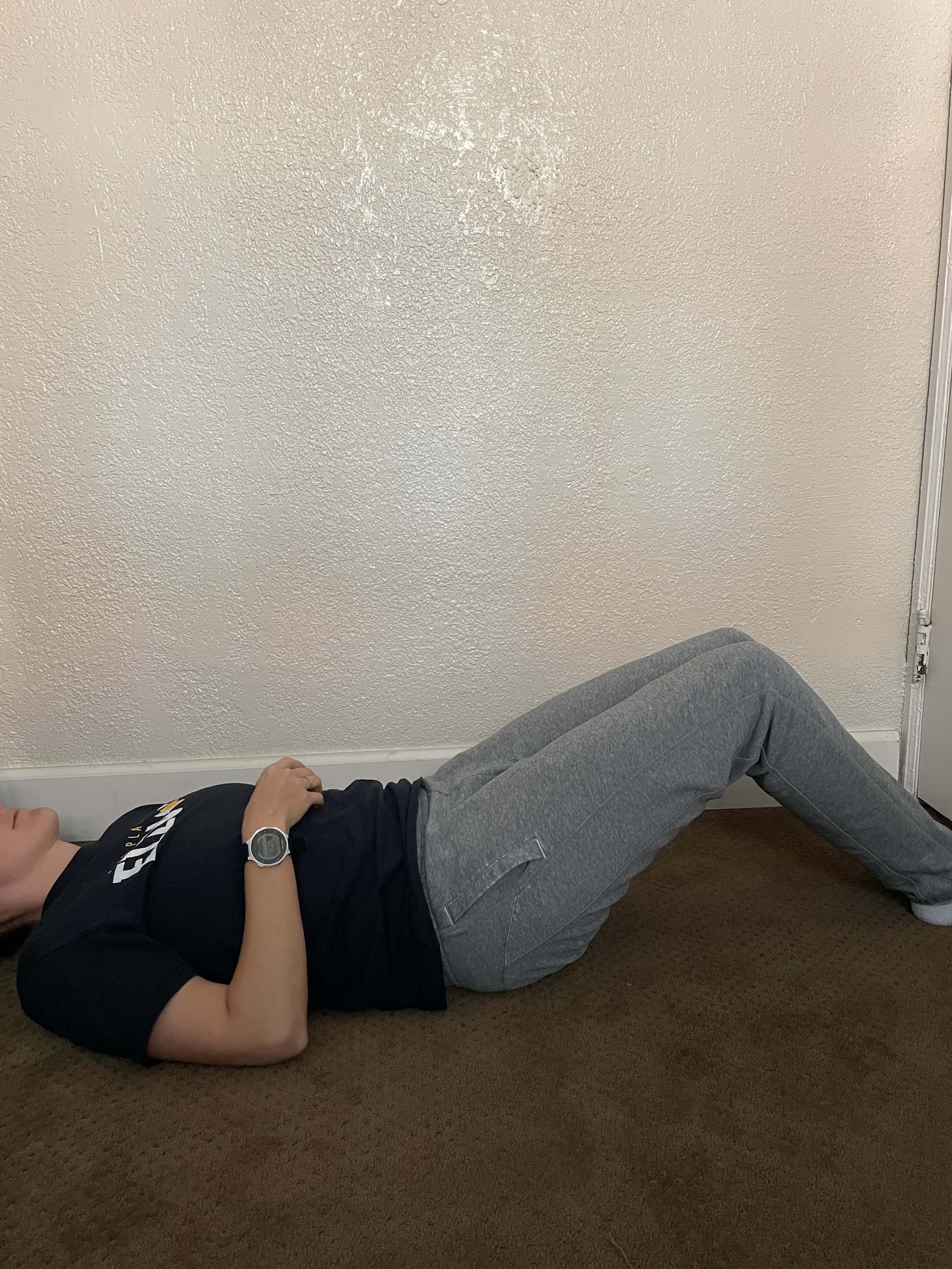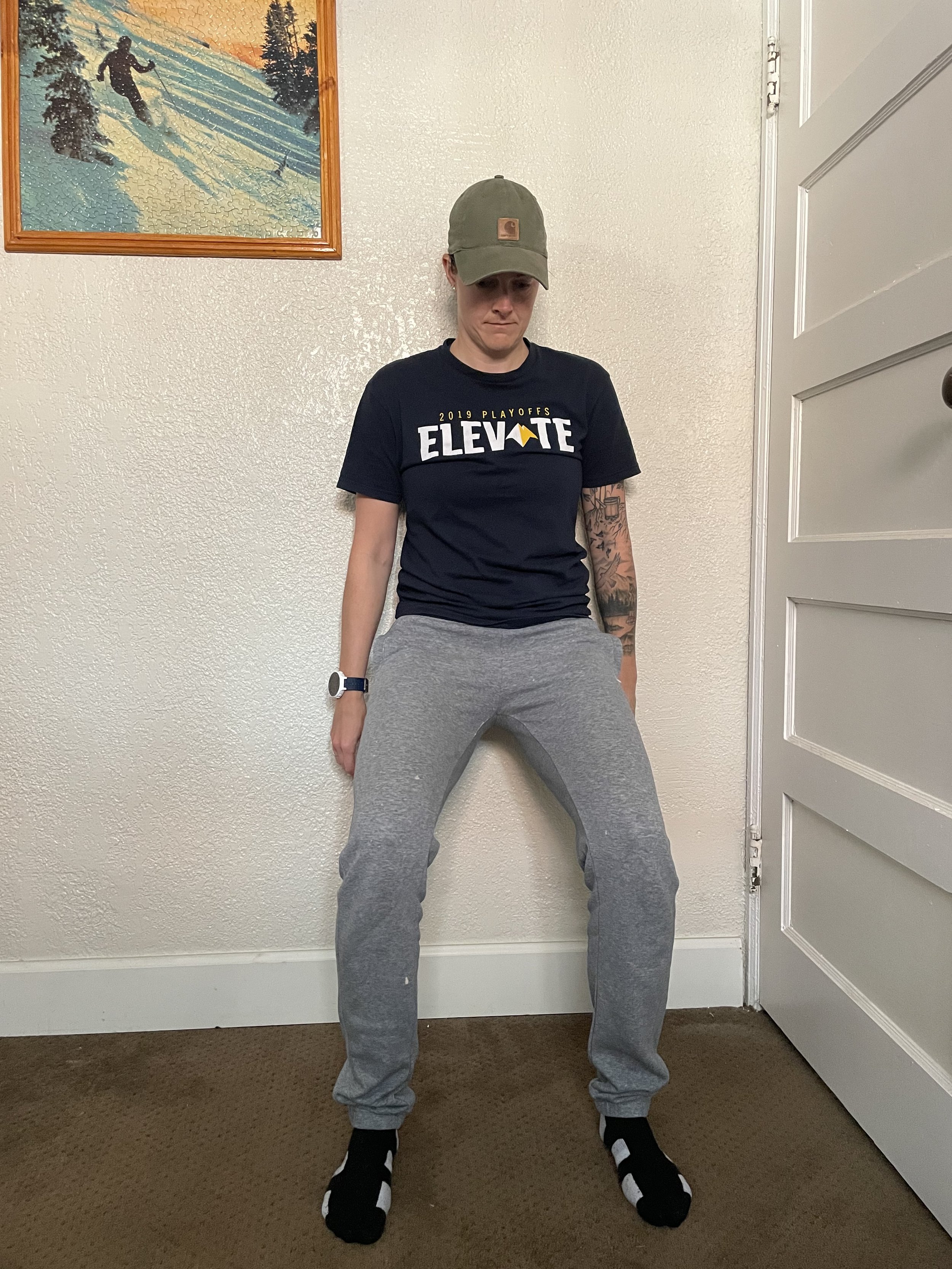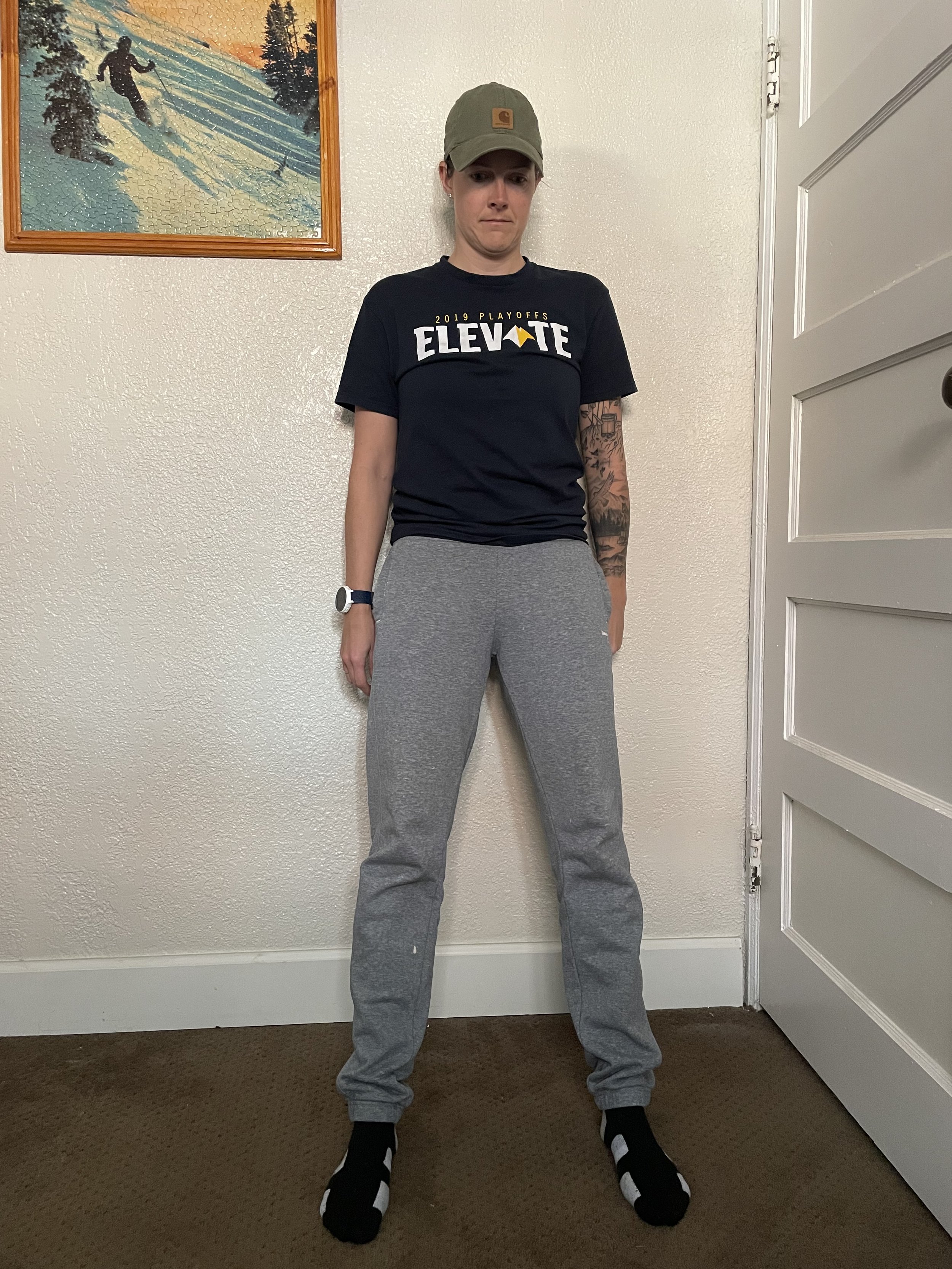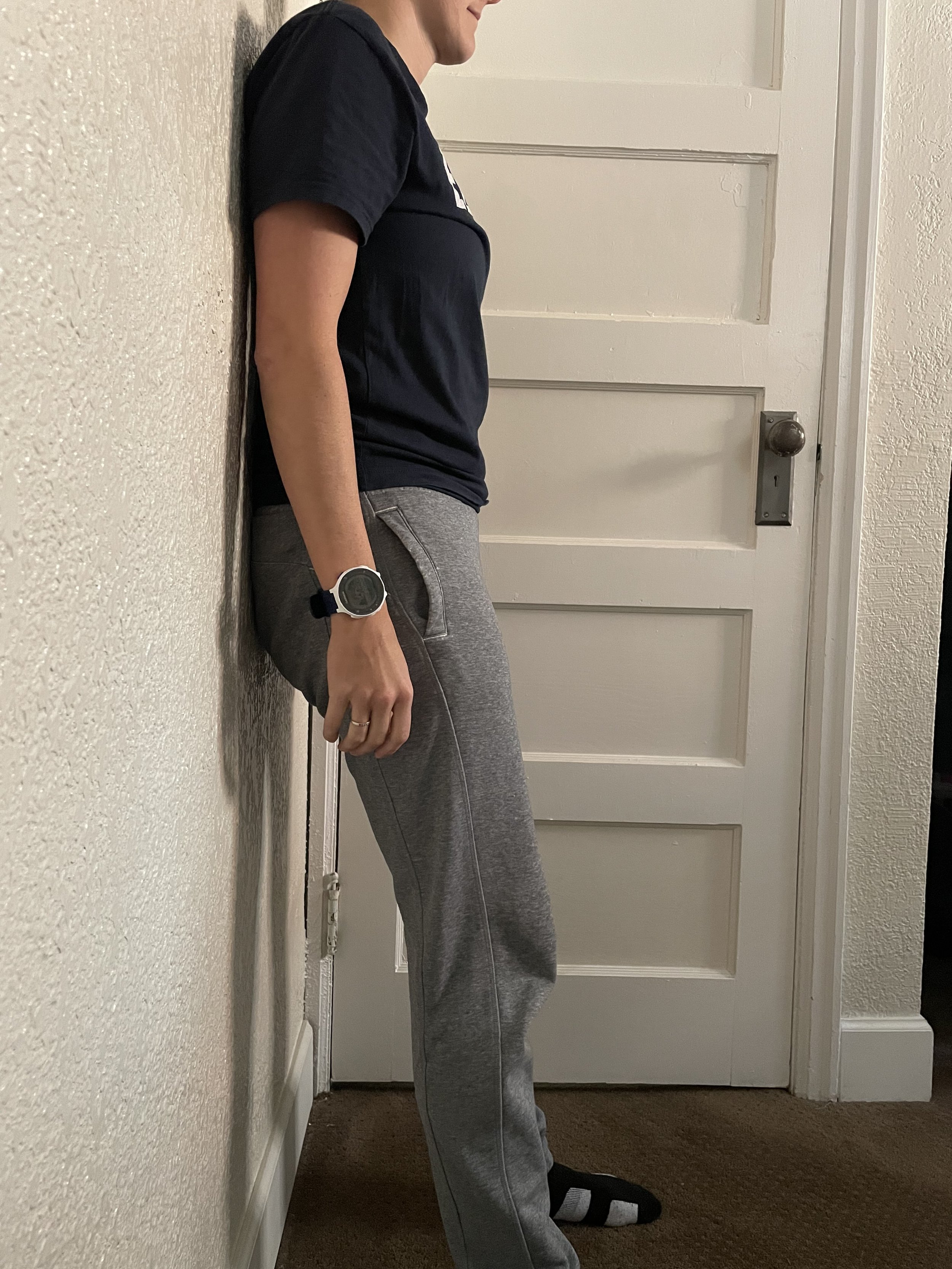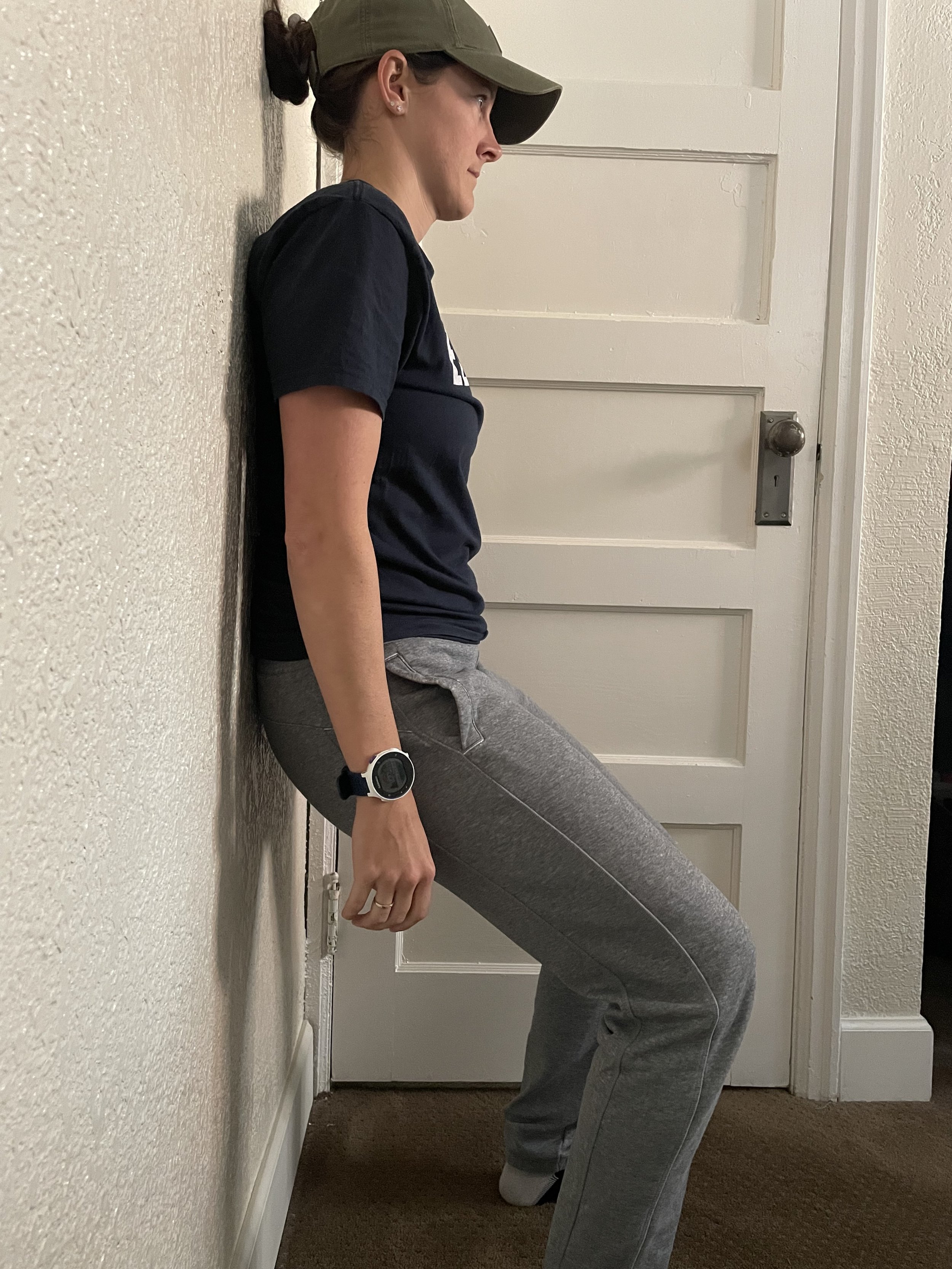How Do You Get Rid Of Sciatic Pain?
Written by Michelle Stauffer, PT, DPT, and originally posted on coast2coastwellness.com
Did you see Adele recently discussed her battle with sciatica (read the story here from US News or watch the story here from GMA)? The irritability. The pain. The symptoms are debilitating. Yet, you did nothing different from your normal day to day activities, so why is there suddenly pain? It was your normal drive to your in-laws, so why this time are you left feeling a nagging sciatic pain? Unfortunately, the answer is, it depends.
What is Sciatica?
The Sciatic Nerve. Deep in your buttocks is your sciatic nerve, you have one in each leg. The nerve arises from your mid-lumbar to mid-sacral (tailbone) spine, curving around your sit bones of the pelvis to run deep along your thigh. At times the sciatic nerve is deep to some muscles and superficial to others. Then, you must account for the other tissues of the body (fat, blood vessels, fluid, abnormal tissues, etc.) accompanying space in the pelvis too.
Nerves are the electricity system of the body. Your nerves are electrical wires placed alongside other cords of your body. Nerves have protective layers surrounding them, just as your standard house electrical wires do. Yet despite these layers remaining intact, the wires can still misfire, short circuit, or simply become irritable. When the nerves become irritable and trigger pain signals, this is in the most basic terms: Sciatica.
What Causes Sciatica?
This here is the million dollar question. We are all individuals, therefore the question requires an individual answer. Thus, for each individual the cause may be different, and for each flare up of sciatic pain the cause can be different. Now despite the individuality of sciatic pain, there are some common causes likely contributing to symptoms that we will discuss now.
Prolonged sitting. The answer really should be prolonged anything, because our body likes everything in moderation and variability. Remember the sciatic nerve has to curve around our sit bones, lies above some muscles and deep to other muscles. If we remain seated for prolonged periods of time, tissues become compressed and will begin to send out signals for help.
Tight muscles. We understand all tissues in the body want to be able to move freely. We also know the sciatic nerve is located above and below various muscles of the pelvis. When the pelvic muscles are tight it can impede the movement ability of the sciatic nerve creating pain.
Bruising or Trauma. Bruising is the release of blood from the capillaries into the interstitial space, aka blood is outside its normal location. Trauma can create bruising plus generalized swelling, which is non-blood containing fluid, in the region of trauma. Subsequently, these extra fluids end up impeding the space of the sciatic nerve, which can create the pain response.
Decreased hip mobility. Decreased hip mobility closely follows the same idea as tight muscles. Are the bones not able to move how they should, thus creating less space for the sciatic nerve to move? A sedentary, unwell lifestyle can create bone spurring or abnormal bone growth, which would take up space needed for the sciatic nerve to move.
How Do You Treat Sciatica?
Regular Movement. Despite the desire to lay on the couch all day and watch movie after movie, your body desires to get up and move periodically. In a healthy individual with no known underlying ailments, the body will naturally create subtle movement shifts regularly, moving multiple times within an hour. Pressure relief guidelines suggest every 2 hours completing a change of position, not returning to same position for at least 15 minutes. Basically, move more regularly throughout your day, walk in circles while on your business call rather than sitting still, and get your weekly cardio, strength, and flexibility training.
Hydration. The suggestion of hydration may be a bit more abstract to some. Hydration aides in the fuel transport for all tissues. In addition, hydration influences management of swelling and bruising enabling improved healing for such traumas.
Nutrition. A balanced diet full of natural produce and protein sources promotes healing. Processed, manufactured foods create more inflammation within the body, which may already be present if feeling sciatic pain and therefore prolong symptoms. Nerves are compromised of cells which require varying levels of minerals, which can be influenced by our diet.
What Exercises Help Sciatica?
Lastly, if already experiencing sciatic pain, here are some suggested movements to relieve symptoms. Seeking a physical therapist is always advised, so a personalized plan for return to wellness can be achieved. Until you can get in to see your PT, try some of these exercises*.
Figure 4 Stretch
Sit in a chair (pic 1), take one leg (pic 2) and bring it across the stationary leg so that the ankle rests just past the top of the knee (pic 3). If you do not feel a deep stretch in the back of the leg crossed over the knee, then you can apply a downward pressure on the crossed knee (pic 4).
Crossbody Stretch
Lie on your back and place a dog leash or belt loop or large rolled towel around your foot (pic 1). Then proceed to put the loop around the midfoot (pic 2). Then straighten the leg out in the air, supporting the leg mostly with your arms holding the leash, you’ll likely feel a hamstring stretch here (pic 3). Then using your arms bring your leg across midline of your body until a stretch is felt on the side of your leg near your IT Band (pic 4).
Active Hamstring + Ankle Pump
Lie on your back with your knees tucked up to a comfortable position (pic 1). Grab your leg under your knee with your arms, or use a towel if unable to reach under leg (pic 2). Extend the leg you’re holding. While leg remains extended pump your ankle, foot toward face (pic 3) then foot away from face (pic 4). Then slowly bend your knee to plan to repeat again (pic 5).
Low Back Rotations
Begin lying on your back with you knees bent up close to your buttocks (pic 1, pic 1a). From here, keeping your legs moving as a single unit slowly rock to one side, making sure your trunk stays flat against the floor so it’s only your lower half of your body moving (pic 2, 3). Once you feel your trunk starting to lift off the floor, proceed back up to the starting position (pic 4), and slowly rotate the other direction (pic 5, 6).
Once you’ve done multiple repetitions to both sides you’ll move your feet away from your buttocks (pic 2a) repeat repetitions then one more time move feet further away (pic 3a) and repeat.
Mini Squats
Stand against a wall (pic 1) and move your feet shoulder width apart and away from wall (pic 1a) so your spine can be maximally in contact with the wall. Slowly lower your buttocks toward the floor into a mini squat (pic 2, pic 2a), pause, then proceed to stand back up tall all while maintaining contact with the wall. You do not need to go into a deep seated position, the angle in pic 2a is plenty.
Stretch Repetitions: Hold for minimum 15sec up to 1min, complete 2-5 times in one sitting, repeat daily to multiple times a day.
Movement Repetitions: Complete 15-20 repetitions and 1-3 rounds of each exercise once daily to every other day.
*All exercises are a general guide, not a custom individualized plan. Complete at your own discretion.
Find more information about Michelle Stauffer, PT, DPT, at her website, coast2coastwellness.com.




